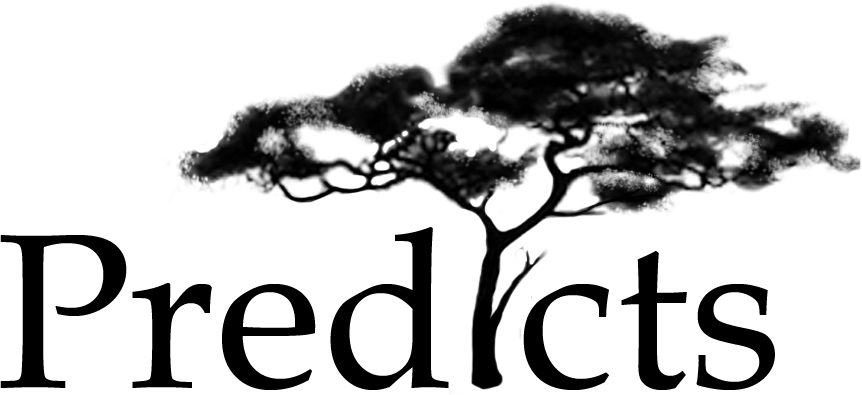The Protected Area Representativeness & Connectedness Indices (PARC) use biologically-scaled environmental mapping and modelling globally to assess the extent to which terrestrial protected areas are ecologically representative and well connected.
| EBV class Community Composition Taxonomic diversity |
EBV class Ecosystem Structure Ecosystem extent and fragmentation |
Purpose
To provide a rigorous, yet cost-effective, approach to assessing global terrestrial protected-area representativeness and connectedness at an unprecedentedly fine spatial resolution. This is achieved by harnessing the power of recent advances in remote environmental mapping, biodiversity informatics, and macroecological modeling. The PARC Indices are designed specifically as indicators for measuring and reporting progress in relation to the Convention on Biological Diversity’s Aichi Target 11.
 |
CBD Aichi Target 11 Protected Areas |
Coverage
The approach uses data covering the entire terrestrial area of all countries of the world, at 1km grid resolution. This allows the PARC Indices to be calculated and reported at any desired level of spatial aggregation, ranging from individual 1km grid-cells up to whole ecoregions, countries, biomes and realms, or the entire planet. The approach utilises the full temporal coverage of the World Database on Protected Areas (WDPA) and of NASA’s (Friedl et al 2010, Remote Sensing of Environment 114: 168-182) MODIS Land Cover Change dataset (2001 onwards). The PARC Indices can therefore report changes in the representativeness and connectedness of protected areas annually, including reporting Aichi Target 11 achievement for ten annual data points from 2011 to 2020.
Methods
The PARC Indices are underpinned by global modeling of fine-scaled spatial variation in biodiversity composition (beta diversity) derived by scaling environmental and geographical gradients using >300 million location records for >400,000 plant, invertebrate and vertebrate species. This modeling is then integrated with data on protected-area boundaries (from the WDPA) and land use in surrounding landscapes, derived by translating remotely-sensed land-cover change (NASA’s MCD12Q1 dataset) into land-use change through statistical downscaling of coarse-scale land-use mapping to 1 km resolution.
Separate indices can be calculated and reported for ecological representativeness (the proportion of biologically-scaled environmental diversity included in protected areas) and for connectedness (a relative index between 0 and 1), or these can be combined into a single composite measure of representativeness and connectedness of protected areas within any specified spatial unit (e.g. an ecoregion, a country, or an entire biome). Likewise, separate indices can be reported for the three major biological groups (plants, invertebrates and vertebrates) or these can be combined into a single measure across all groups.

 Protected Area Representatives & Connectedness Indices
Protected Area Representatives & Connectedness Indices


